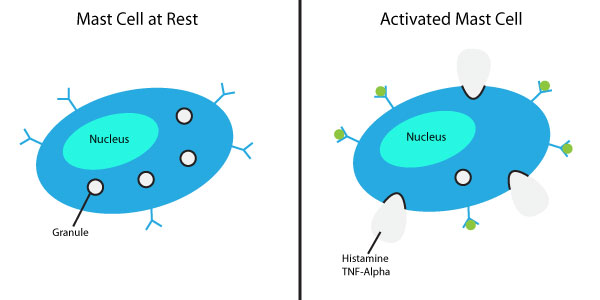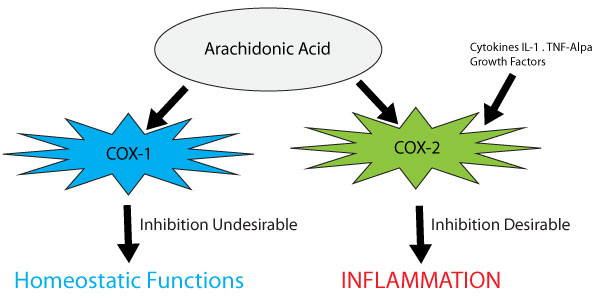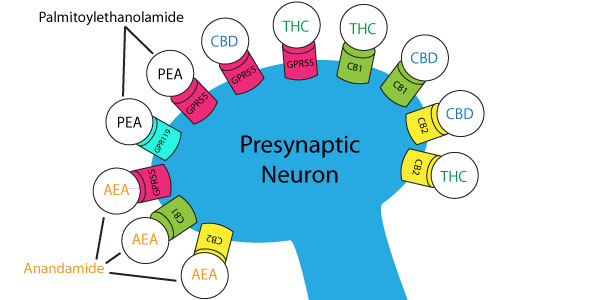The interest in NAD precursors/boosters is gaining momentum in not only the holistic health care world, but now also in the lay public, particularly those interested in performance and anti-aging. A couple of very well-funded start-up OTC companies have been heavily promoting their products on social media. Hopefully we can get a clearer distinction here between hype and hope.
WHAT IS NAD AND WHAT DOES IT DO?
Without going into a lengthy biochemical diatribe, let's scale this back to a short and simple working definition.
Nicotinamide adenine dinucleotide (NAD) is a cofactor central to metabolism. A critical coenzyme found in every cell in the body, it’s involved in hundreds of metabolic processes like cellular energy and mitochondrial health. But like everything else, there is not an endless supply of it in the body and declines with age. That's why it is being examined in anti-aging applications, energy, and sports performance.
VITAMIN B3 AS A NATURAL NAD-BOOSTING COMPOUND
The compound being heavily promoted in NAD-boosting supplements is nicotinamide riboside chloride, which is another oral form of vitamin B3 (niacin/niacinamide). Nicotinamide riboside chloride is a very novel-sounding compound not widely known to the masses, and it sounds much more exotic and "new" compared to simply listing the compound as vitamin B3 with the specific form in parentheses, which is common on supplement labels. The chloride portion, by the way, is not part of the therapeutic benefit. It turns out that nearly any form of B3 will help boost NAD, but especially niacinamide.
Humans metabolize vitamin B3 in its vitamin function specifically to synthesize NAD for energy. NAD is maintained in the body both by recycling of NAD as well as synthesis from vitamin B3. It does not take much oral B3 to maintain NAD due to significant recycling by the body.
Vitamin B3 in the form of niacinamide is a precursor to NAD. Therefore, one might consider higher doses oral niacinamide, which is a heck of a lot less expensive compared to some of the "novel" NAD precursor products that contain the nicotinamide riboside chloride form.
While oral nicotinamide riboside is 'new,' the function of niacin (niacinamide/nicotinamide) has long been well understood associated to energy (NAD) and DNA protection. The riboside is an attachment to the simple sugar ribose, and it should be noted that there is not a suggested ribose deficiency in the diet and is endogenously produced.
"...In the body, nicotinic acid [niacin] is converted to nicotinamide in hepatocytes and erythrocytes, and nicotinamide can then be transported in plasma to be used by all cells for the synthesis of nicotinamide nucleotides (i.e., nicotinamide adenine dinucleotide [NAD] and nicotinamide adenine dinucleotide phosphate)..." Clin Infect Dis. 2003 Feb 15;36(4):453-60. Nicotinamide: an oral antimicrobial agent with activity against both Mycobacterium tuberculosis and human immunodeficiency virus. Murray MF.
Here's another quote from a study that I particularly like the title of:
"Niacin: an old lipid drug in a new NAD+ dress"
"Niacin can be processed by eukaryotic cells to synthesize a crucial cofactor, NAD+... [Niacin] acts as a control switch of NAD+/sirtuin-mediated control of metabolism." J Lipid Res. 2019 Apr;60(4):741-746.
ADDITIONAL SUPPORT
One might also consider glutathione support with compounds such as N-acetlcysteine and glucoraphanin from broccoli extract. Additionally, CoQ10, magnesium, taurine and creatine to name just a few can be considered for mitochondrial energy support.
"SHOULD I BUY NICOTINAMIDE RIBOSIDE CHLORIDE SUPPLEMENTS?"
What to buy is up to the consumer's best judgement, of course. But the cost/benefits ratio declines sharply with this form of B3 compared to standard niacinamide, since the latter is much less expensive. Furthermore, there is only a small amount of human data available on the riboside chloride form at this time. It is the opinion of this writer that nicotinamide riboside chloride products are incorrectly hyped as a "new" powerful way to boost NAD differently and better than other nutritional compounds. But the research doesn't bear this out. To my knowledge there have not been any studies comparing the two head-to-head, so any claim that riboside chloride products are somehow more effective doesn't appear to hold up.
There is also a very interesting patent battle going on right now between the two companies that are heavily marketing the riboside chloride form, which tells you a lot about how the nutritional industry works.
Therefore, let the buyer beware.
Niacin and niacinamide as stand alone supplements or in combination with one another and/or with other B-vitamins are common, and as little as 200 mg per day can make a difference. But one could take significantly more without a problem. Just be careful of the "niacin flush" of a burning prickly sensation on the skin that is common with standard high dose niacin. Niacinamide, however, normally does not produce a flushing effect. Likewise, adding N-acetylcysteine (NAC) and broccoli extract to the mix for the glutathione support benefits can be a powerful combination. One such combination provides 750 mg of niacinamide per two tablets, along with 750 mg of NAC, 38 mg of broccoli extract, and additional selenium and vitamin C for a big glutathione and NAD support formula.
It should also be noted that being in a state of ketosis also appears to boost NAD according to some research. So intermittent fasting and/or a ketogenic diet for a few weeks to months and re-visited occasionally is an important consideration here as well.













